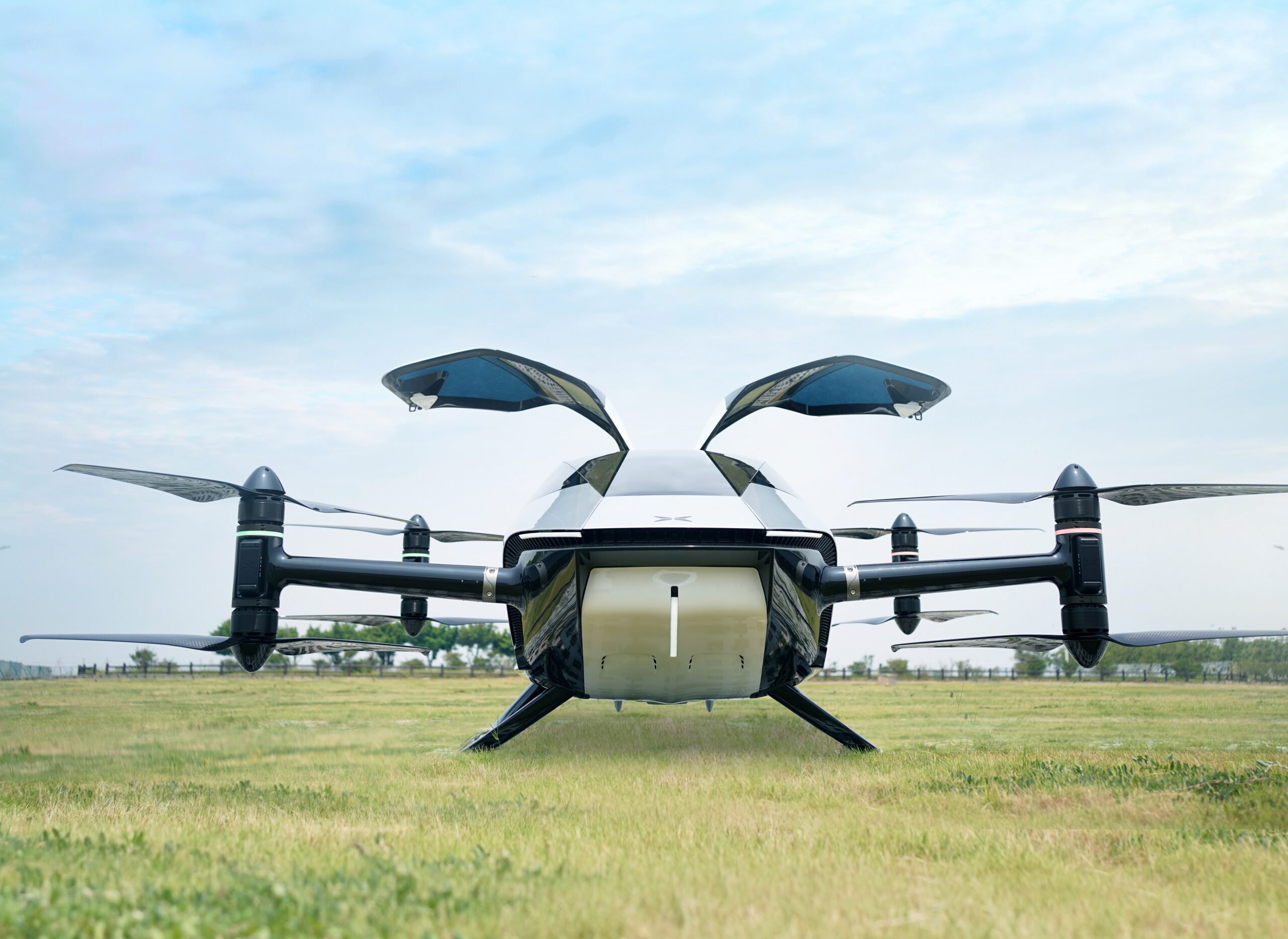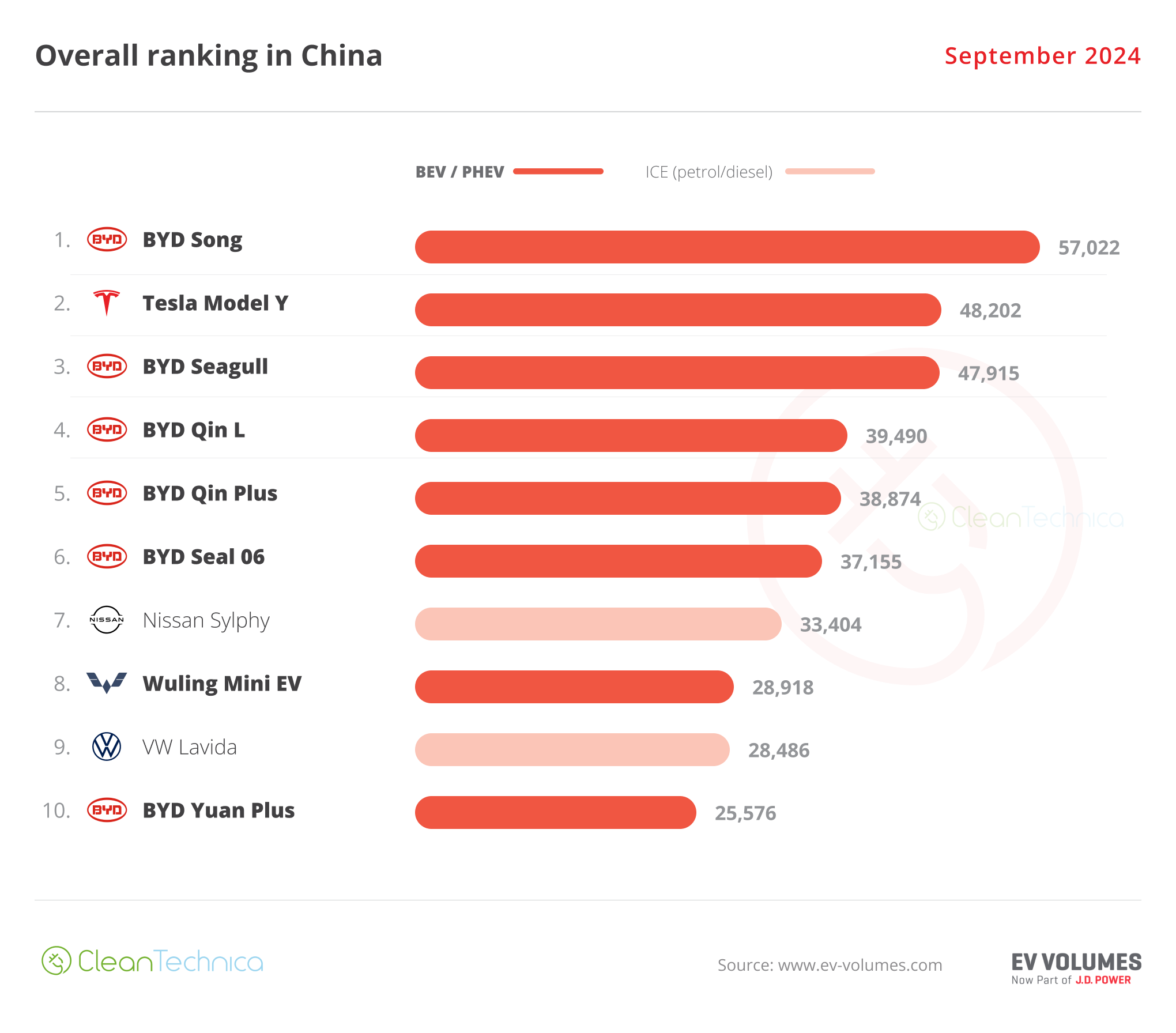Sign up for daily news updates from CleanTechnica on email. Or follow us on Google News!
In the up-again, down-again world of startups, failure is always right around the corner. That seemed to be the case when the solar electric car startup Aptera launched in 2006, only to hit a wall in 2011. Nevertheless, in a page torn out of Galaxy Quest, the company did not give up. A relaunch in 2020 got the gears in motion again, and now the long-awaited, futuristic, solar-powered three-wheeled electric car is almost ready to hit the road. Er, a solar-powered autocycle, that is.
What Is An Autocycle?
Good question! The US Department of Transportation wedges some three-wheelers into the motorcycle classification if they have a saddle-type seat and handlebar steering, but an autocycle is not that thing. The distinctive feature of an autocycle is the combination of three wheels with a front-facing seat and a steering wheel.
Three-wheeled electric vehicles first appeared in the zero emission mobility storyline in the 1880’s, including some versions with a front-facing seat and handlebar steering. That would have confused the DOT, had it existed back then.
Though the electric part of the early autocycle equation did not survive after gasmobiles took center stage, the three-wheeled configuration remained fairly common for passengers cars and small utility vehicles until the middle of the 20th century, after which interest faded.
In recent years the autocycles have experienced a revival among hot rod enthusiasts, with the Polaris Slingshot being one example. The retro styling of the Venice GTS from the company Vanderhall Motor Works is another example.
The idea also seems to be catching on among legacy auto makers as well. Last fall, Yamaha unveiled an autocycle concept called the Tricera that appears to be based on a character from the latest Transformers franchise.
The Time Is Right For A Trippy-Looking Electric Car
All this is by way of saying that the Aptera three-wheeler looks like a trippy earthbound space ship compared to a typical electric car, but it does fit neatly into the more flexible, increasingly popular autocycle aesthetic.
Aptera is looking to get the best of both worlds, by casting a wider net than other autocycle makers. The company aims to recruit drivers who want a cool-looking but utilitarian electric car for daily errands and commutes during the week, and for showing off during weekends.
“One of the first things people assume about Aptera is that it doesn’t have enough space. While Aptera is only a two-seater, Aptera has 60% more storage than a Honda Accord and 20% more storage than a Prius,” the company notes.
“With 25 cubic feet of cargo space, Aptera has the room for a pretty decent-sized grocery trip,” they add, while ticking off a list of outdoor adventure gear that can fit into the car.
Aptera is also targeting drivers who don’t want something that resembles a conventional car. The next-best thing would be three-wheeled motorcycles, which are also increasingly popular. However, they would need to get a motorcycle license in addition to their regular driver’s license.
“The vast majority of states do not require a helmet and most only require that you have a regular driver’s license,” Aptera explains. “You can check your local laws for clarity.”
“Plus, Aptera’s classification as an auto-cycle comes with a few potential bonuses, like full-time access to the HOV lane, less expensive auto insurance, and more,” they add.
Although the US DOT doesn’t have a specific classification for autocycles as yet, our friends over at Motor Trend note that every US state except Massachusetts employs the autocycle designation for purposes of registration.
So, Will This Electric Car Fly?
The big question is whether or not Aptera can deliver on its promise. The first iteration of the company apparently got caught up the chase after a big US Department of Energy program aimed at accelerating electric vehicle manufacturing in the US, so they switched gears in midstream and came up with a four-wheeled electric car to apply for funding, only to come away empty-handed.
Now that renewed interest in three-wheeled mobility has materialized, so has the support. So far, most of that has come from individual electric car enthusiasts who chipped in $10,000 each to crowd-fund the company. In January of 2023 Aptera also sweetened the pot with the launch of a competitive crowd-funding round called the Accelerator Program.
By the end of that month, the local CBS affiliate in Aptera’s hometown of Carlsbad, California reported that the effort raised more than $120 million and among 16,000 investors, with orders for 46,000 cars placed (see more coverage in CleanTechnica’s Aptera archive here).
That seems to have caught the eye of the California Energy Commission. Last March, the agency approved a grant of $21 million to help the company scale up its European production line and bring it to the US.
This would be a good time to mention that Aptera’s aerodynamic styling is not just an eye-catcher. The body of the car hosts as many solar panels as will fit, the idea being to power the car completely on free, self-gathered solar energy as much as possible.
“Aptera is a two-seat, ultra-efficient solar EV, leveraging embedded solar panel power for up to 40 miles of grid-free daily driving, with the additional capacity for plug-in charging and a range of up to 1,000 miles,” the company explains.
Along with the aerodynamics, the company lists stronger materials, lighter weight, fewer parts, ease of manufacture, and in-wheel motors among the key features.
Wait For It…Wait For It…
CleanTechnica hasn’t caught up with Aptera since last March, but last fall Green Car Reports checked in and reported that “Aptera seems as close as it’s ever been to actually delivering vehicles to customers,” having reached an important milestone related to producing the carbon fiber shell of the electric car.
In the latest development, on February 2 Aptera announced that it raised more than $33 million through the Accelerator Program, bringing the total crowd funding amount to more than $100 million over the past two years.
If all goes according to plan, the fresh influx of $33 million will go to push the timeline into the pre-production phase, which will enable the vehicle testing and validation steps to move forward.
“After Aptera’s production-intent vehicles have been validated, the last step is to raise capital for the sourcing of tooling and equipment for high-volume production, which is expected to require 10 times less capital than traditional automakers,” the company explains.
They make it sound easy, but of course the devil is in the details. Another promising solar-enabled electric car venture, the Sion, seemed promising enough but took a tumble last year.
Solar or not, selling the US driving public on three-wheeled electric cars is also a tough row to how. Last winter the EV company Arcimoto, for example, seemed to be scaling up production of its signature autocycles, but by summertime the automaker was scaling back.
On its part, Aptera seems determined to never give up or surrender until the dream of a true solar electric car becomes reality. Only time will tell.
Follow me @tinamcasey on Bluesky, Threads, Post, and LinkedIn.
Image: Aptera designed this three-wheeled, lightweight, solar-powered, futuristic, aerodynamic electric car for general use (courtesy of Aptera).
Have a tip for CleanTechnica? Want to advertise? Want to suggest a guest for our CleanTech Talk podcast? Contact us here.
Latest CleanTechnica TV Video
I don’t like paywalls. You don’t like paywalls. Who likes paywalls? Here at CleanTechnica, we implemented a limited paywall for a while, but it always felt wrong — and it was always tough to decide what we should put behind there. In theory, your most exclusive and best content goes behind a paywall. But then fewer people read it!! So, we’ve decided to completely nix paywalls here at CleanTechnica. But…
Thank you!
CleanTechnica uses affiliate links. See our policy here.




